New Ware Thor-Able
Thor-Able was a two-stage, expendable launch vehicle used in the late 50's and early 60's for NASA/USAF satellite launches and re-entry vehicle tests. The main stage made use of the Thor intermediate range ballistic missile (one of the first of its kind), with the Able rocket as the 2nd stage. The Thor was powered by the Rocketdyne LR-79 engine, that ran on a mixture of RP-1 and LOX. The Aerojet Able stage was a light-weight, cylindrical aluminum tube powered by the Rocketdyne AJ10 hypergolic engine; the same engine used in the upper stages of the Delta II and Titan III. In fact, the Delta II also employed the Thor as its main stage, making it a nearly direct descendent of the Thor-Able launch vehicle.
Thor-Able suffered 6 failures out of 16 launches between 1958-1960; these missions included re-entry vehicle tests, scientific and weather satellites, and three lunar orbiters: Pioneer 0, 1, and 2. All three were failures, though Pioneer 1 at least made it to space (an apogee of 70K miles) before burning up in the atmosphere. Thor-Able and its derivatives would go on to support dozens of missions throughout the 60s, delivering weather, communications, and mostly reconnaissance payloads to low Earth orbit. It would eventually evolve into the Delta family of launch vehicles, culminating with the launch of the last Delta II in 2018.
The Kit
The New Ware 1/144-scale Thor Able kit includes 8 cast resin pieces and decals for apparently two configurations: one being the Pioneer 1 launch vehicle and the other an apparent mystery, unreferenced in the instructions.
The kit has few parts and everything fits well. The fins are razor thin, which is accurate given the scale of the model but makes them a liability. The kit calls for 0.5 mm wire on two occasions that it doesn't provide: this is a little annoying, as some photoetch would have fit the bill fine here, but I was able to find some 0.5 mm metal craft wire easily enough:
It's pliable and easy to work with, but also hold up once formed. The instructions call for 8 small antennas on the Able tip (two vertically arranged in each quadrant) but photos of the actual Pioneer I launch vehicle clearly show only 4 total, so that's what I went with
This was tedious and had to be redone multiple times, as they had a tendency to fall off (and immediately disappear) with a slight breeze.
The decals were vicious: very thin and easily torn. Microscale liquid decal film helped with the tearing, but the decals would consistently fold over and tangle as soon as an edge left the transfer paper. This was especially horrifying while trying to get down the black stripes around the rocket body. Happily, the kit comes with duplicate decals...you'll need them.
Besides persevering through the decals horror, a nice outcome here was an idea for a detachable rocket stand. I had a couple thin plastic discs lying around (I don't recall from where exactly, but any base should work). I glued a small neodymium magnet to the base, and another inside the rocket engine nozzle:
This isn't a large model and so the magnet holds it well; for heavier or taller kits, I imagine a larger/stronger magnet would be in order. It's easy to remove the rocket from the stand and fly it around making explosion sound effects, if that's your thing.
Painting and finishing was straight-forward:Tamiya XF-2 base (with Alclad Aluminum and Burnt Iron in appropriate places), followed by Alclad Aquagloss and dark gray Tamiya enamel pin wash to bring out the panels and seam lines. Micro Set and Sol for the decals, followed by Alclad Matte Klear Kote.
This is one of those models that doesn't offer much on its own, but it's a nice addition to my growing family of launch vehicles. Here it is with its grandson, the Delta II, looming large in the background:
In all, about a week from start to finish.

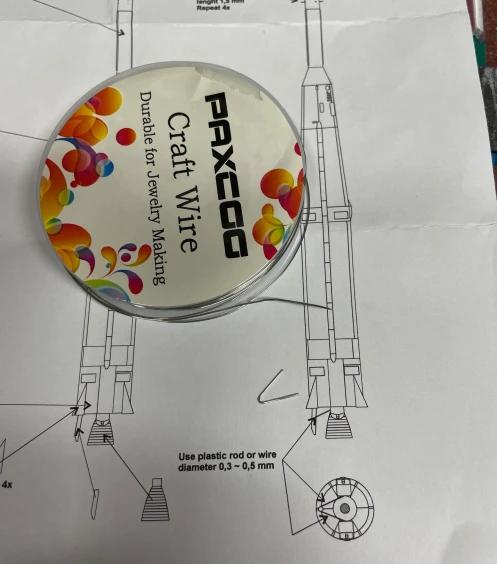
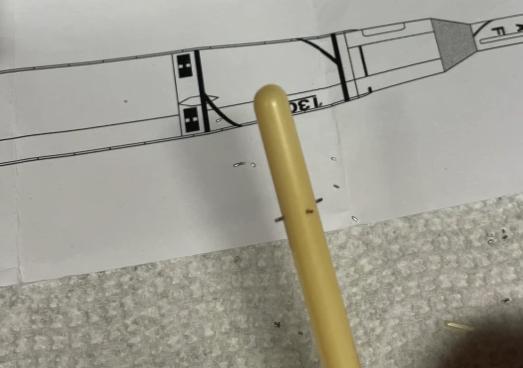
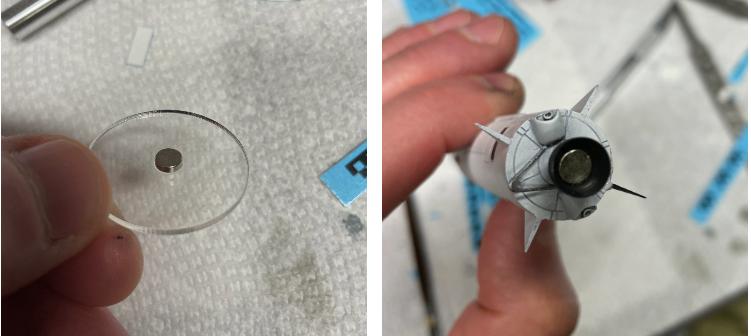
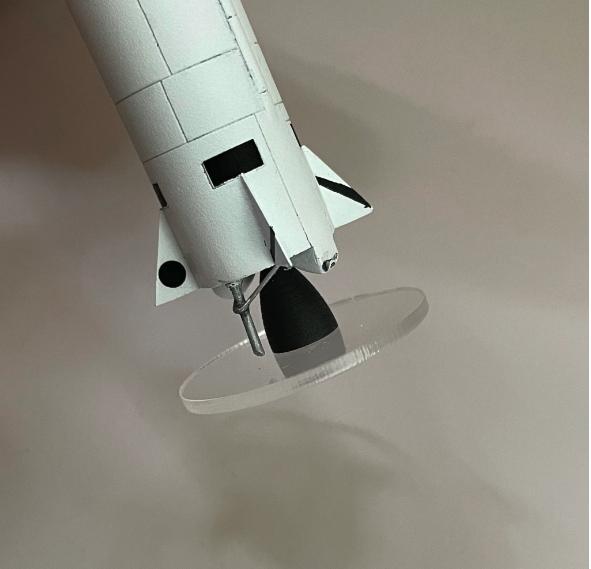
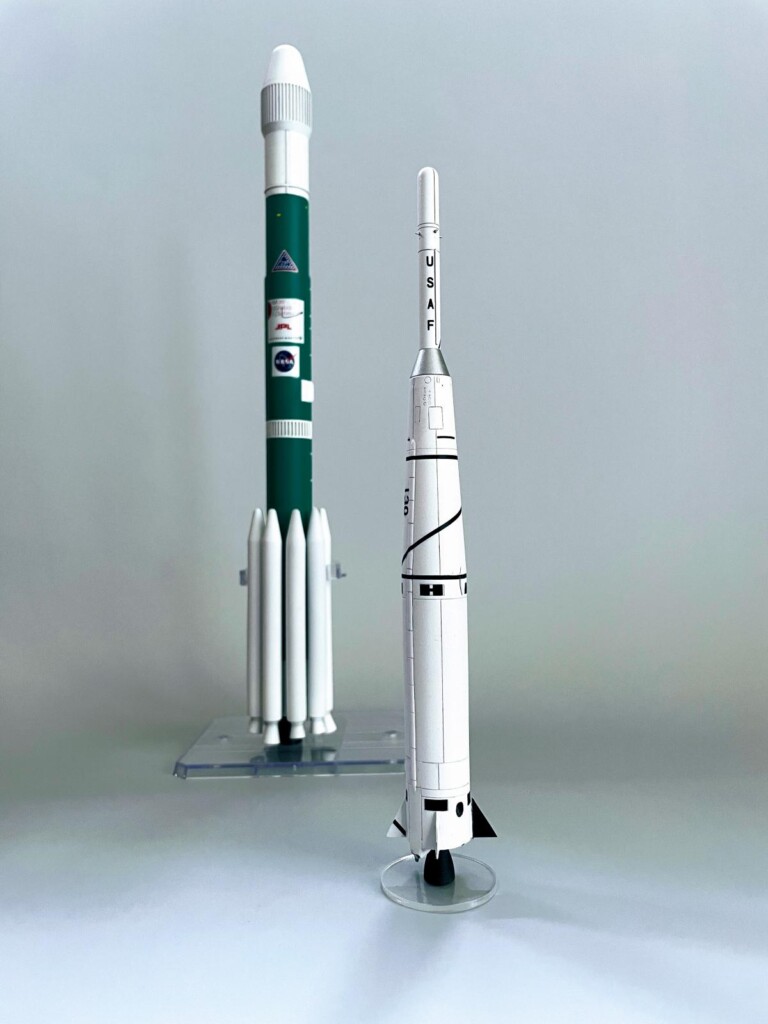
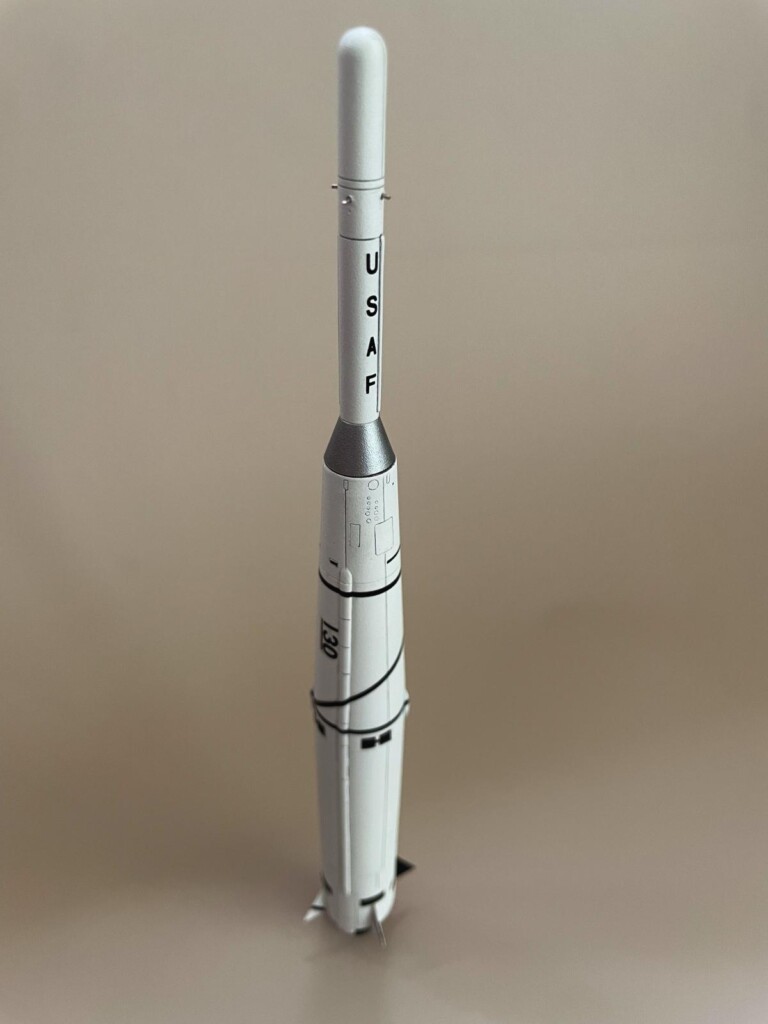
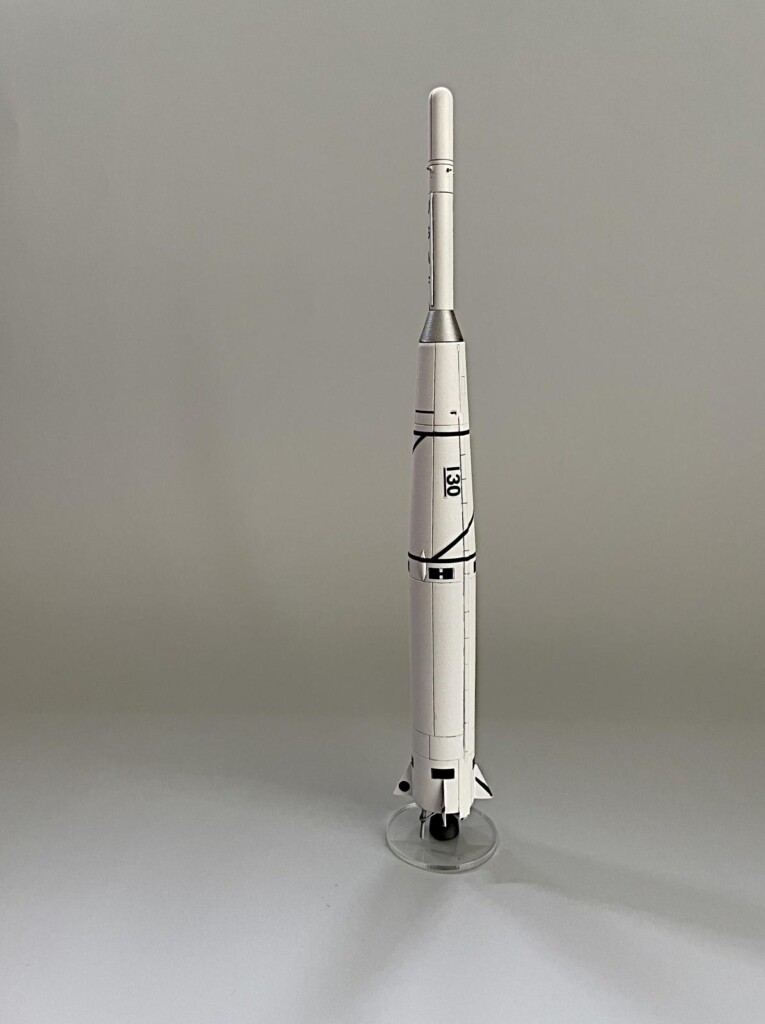
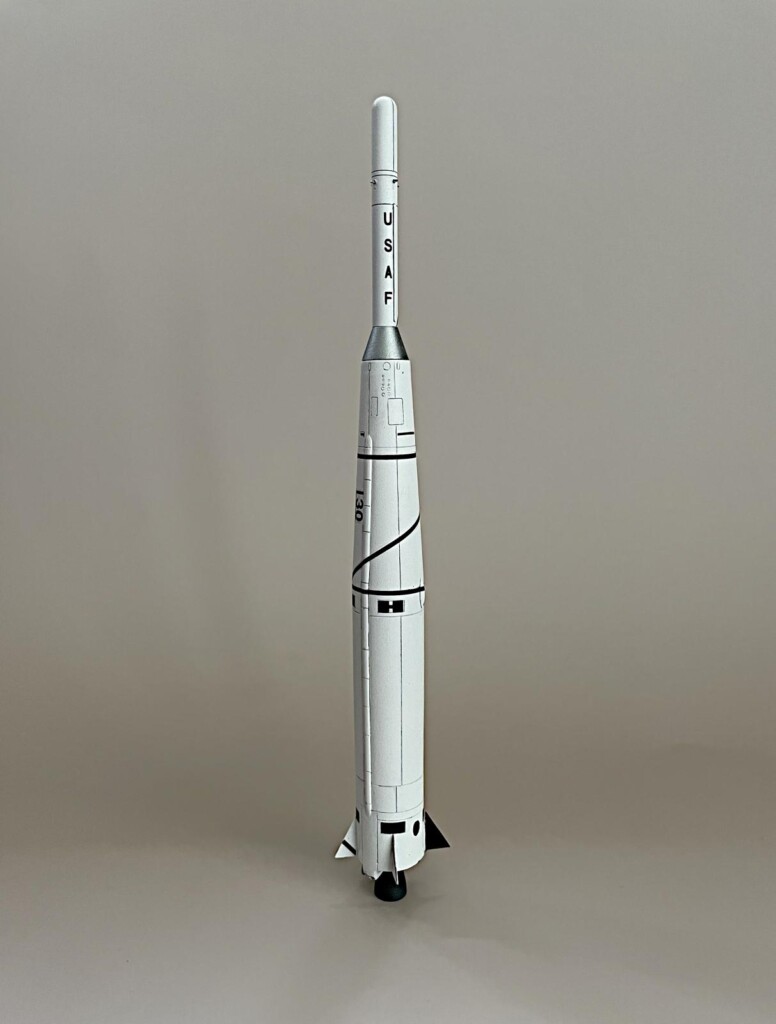
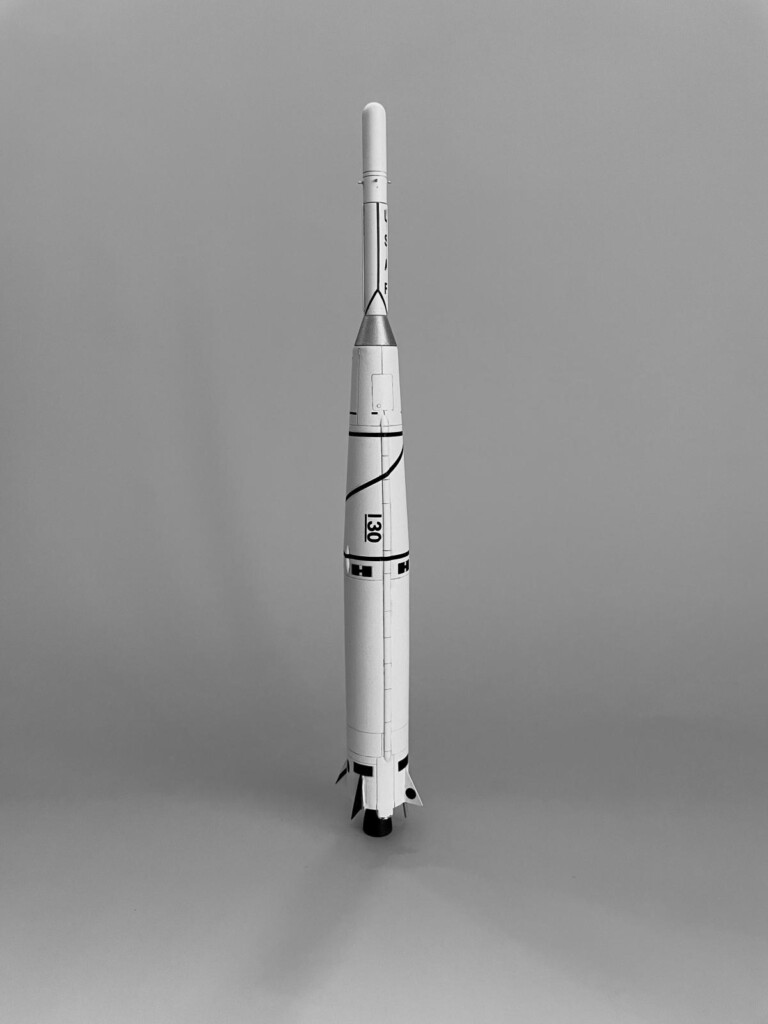

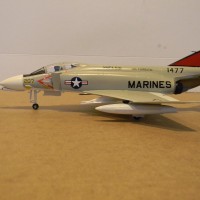
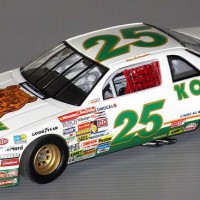
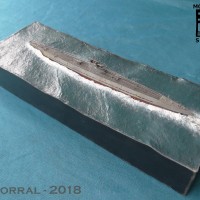
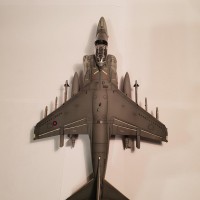
I don’t understand much of the language, but your enthusiasm and enjoyment really show through into a great looking model. Flying around and making explosive sounds is definitely one of my things.
Super result and a nice historical lesson, Brian!
Well done!
Well done on this great subject, Brian @bapowellphys
Thanks for sharing.
Very nice build of an important booster.
Excellent work Brian. She looks great and this is an excellent subject to have displayed.